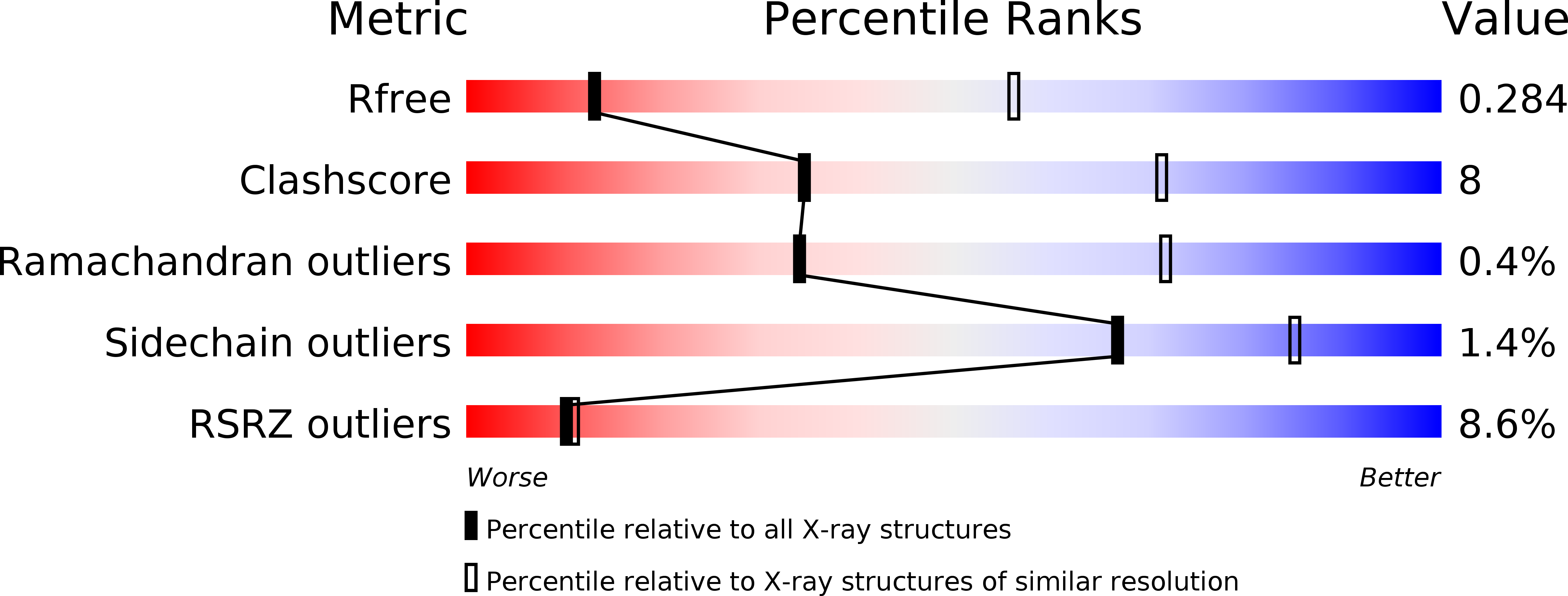
Deposition Date
2015-12-18
Release Date
2017-01-25
Last Version Date
2024-11-20
Method Details:
Experimental Method:
Resolution:
3.49 Å
R-Value Free:
0.27
R-Value Work:
0.22
R-Value Observed:
0.22
Space Group:
P 1


